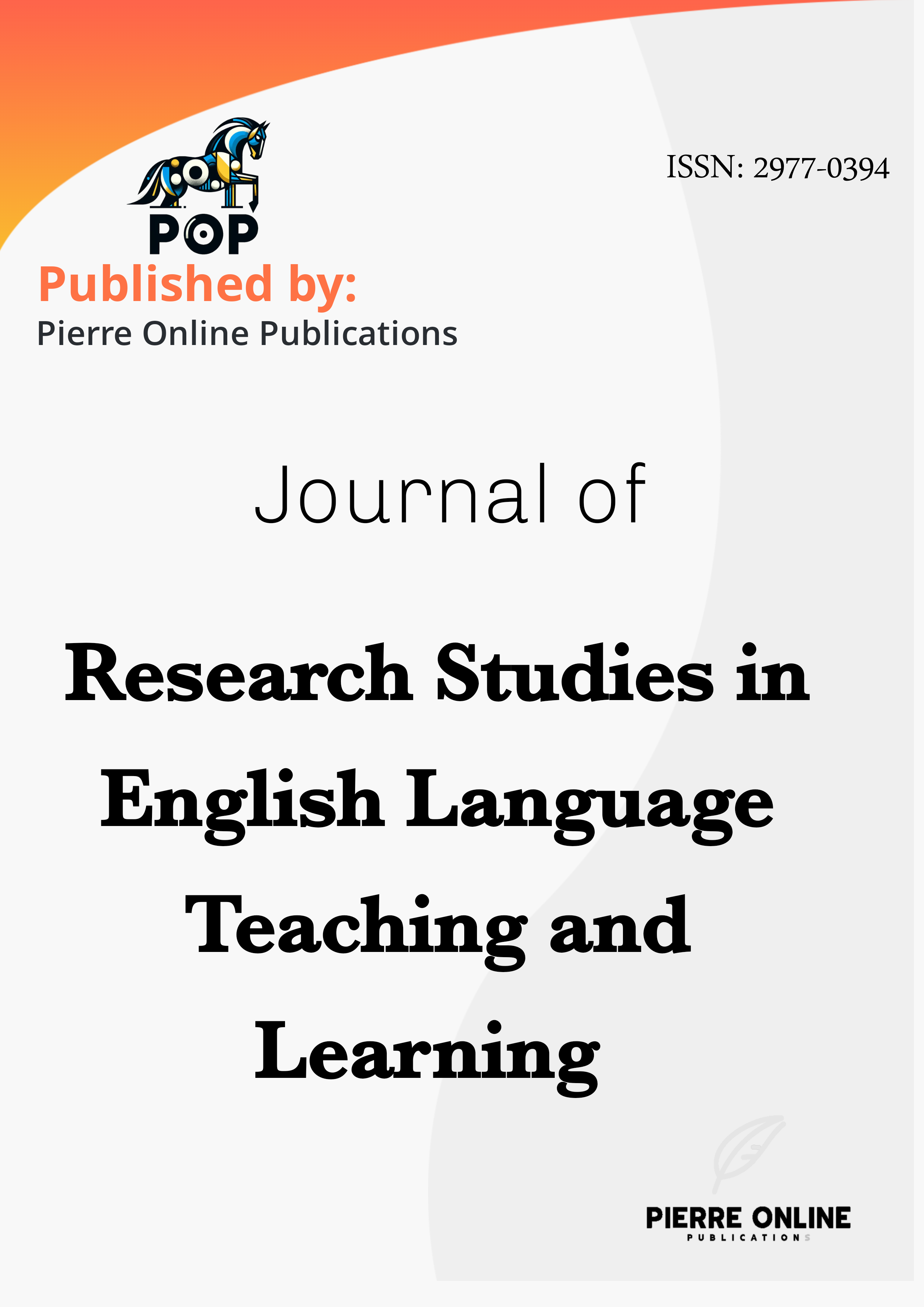Translanguaging and AI synergy in multilingual EFL classrooms
Main Article Content
Abstract
This study explored the synergy between translanguaging and artificial intelligence (AI) in multilingual English as a Foreign Language (EFL) classrooms in China, addressing the limited research on their combined pedagogical value. Using a qualitative design, 40 first-year undergraduates from diverse linguistic backgrounds, including Mandarin, Cantonese, Uyghur, and Korean, engaged with AI platforms such as Baidu ERNIE Bot, and Youdao Translate across ten weeks of classroom activities. Data from observations, reflective journals, AI interaction logs, and semi-structured interviews were analysed thematically, revealing six key themes: bilingual and multilingual scaffolding through AI, confidence and affective support, negotiation of meaning and identity, customisation and personalisation of learning, classroom participation and collaboration, and critical awareness of AI’s limitations. Findings showed that AI-mediated translanguaging reduced cognitive load, enhanced comprehension, boosted confidence, and affirmed minority linguistic identities, while offering learners autonomy and opportunities for collaboration. At the same time, participants expressed concerns about mistranslations, over-reliance, and reduced opportunities for authentic English practice, highlighting the need for critical AI literacy. The study extends translanguaging scholarship by demonstrating how AI operationalises multilingual scaffolding in tangible ways and contributes to AI-in-education research by situating technology use within inclusive, multilingual pedagogies. It concludes that AI-mediated translanguaging has the potential to create more participatory and equitable EFL classrooms in China, provided it is implemented with careful attention to balance, sustainability, and reflective practice.
Downloads
Article Details

This work is licensed under a Creative Commons Attribution 4.0 International License.
The Research Studies in English Teaching and Learning (RSELTL) Journal adopts the Creative Commons Attribution 4.0 International License (CC BY 4.0). This license allows for the free distribution and modification of the work, provided that the original author and source are credited. The CC BY 4.0 license is designed to promote the dissemination of scholarly work while protecting the rights of authors.
Author Rights
Under the CC BY 4.0 license, authors retain extensive rights to their work, including but not limited to:
-
Ownership of Copyright: Authors maintain copyright ownership of their work, permitting them to deposit their work in institutional repositories, share their work as they deem appropriate, and publish their work elsewhere, provided that the original publication in RSELTL Journal is properly cited.
-
Use and Distribution: Authors are entitled to unlimited use and distribution of their own work for educational and scholarly purposes, as long as the original work is properly cited.
-
Adaptation and Derivatives: Authors have the right to adapt, modify, or create derivatives of their work, provided that the original work is properly cited, and the modifications do not misrepresent the original work.
User Rights
In accordance with the CC BY 4.0 license, users (readers, scholars, and researchers) are granted the following rights:
-
Access and Distribution: Users are allowed to read, download, copy, distribute, print, search, or link to the full texts of articles published in RSELTL Journal without seeking prior permission from the publisher or the author, as long as the original work and authorship are properly cited.
-
Creation of Derivative Works: Users may adapt or create derivative works from the RSELTL Journal articles, provided that the original work is properly cited, and the derivative work is distributed under the same CC BY 4.0 license.
Responsibilities and Restrictions
-
Attribution: Proper attribution must be given to the original author(s) and the RSELTL Journal, including provision of a link to the original work and indication if any changes were made.
-
No Additional Restrictions: Users must not apply legal terms or technological measures that legally restrict others from doing anything the license permits.
-
Commercial Use: The CC BY 4.0 license permits commercial use of the works, as long as the original work and authorship are properly cited.




